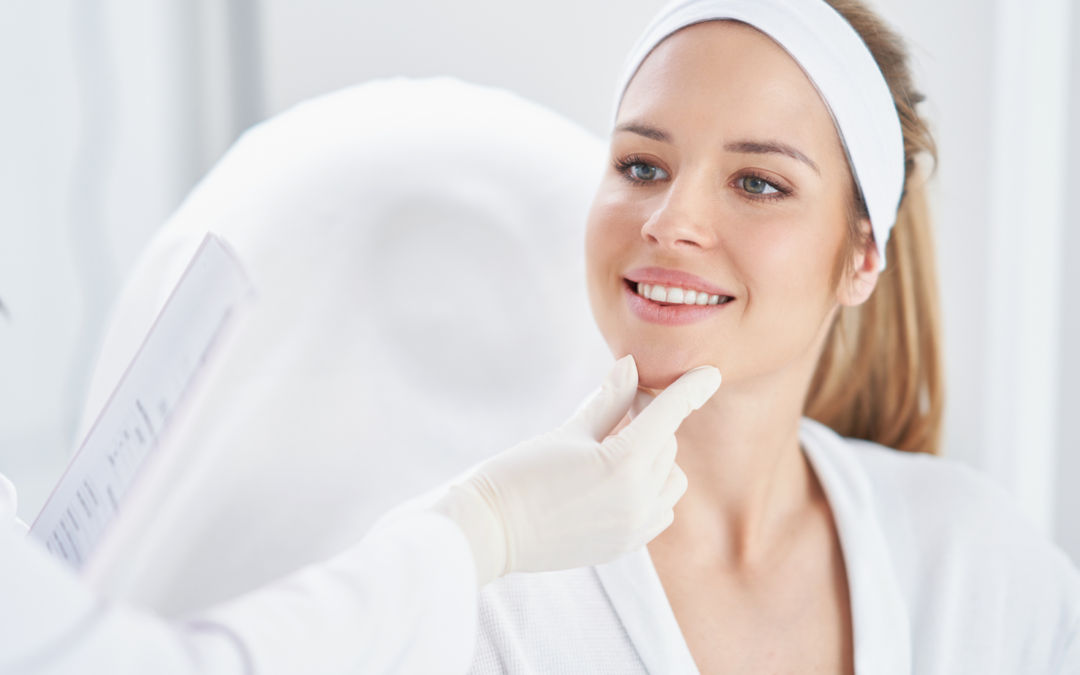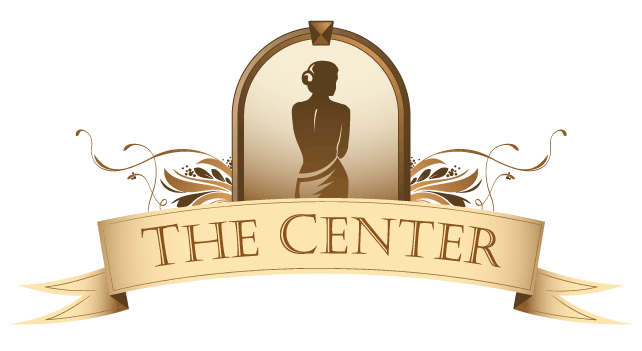Laser resurfacing is a leading cosmetic treatment that revitalizes your skin by minimizing wrinkles, scars, and imperfections. If you struggle with issues like discoloration, fine lines, sun damage, large pores, superficial scarring, dark spots, or wrinkles, laser resurfacing could be the solution for you. But how can you determine if it’s the right choice? Let’s explore the key factors you should consider.
What is Laser Resurfacing?
Laser skin resurfacing is a minimally invasive cosmetic treatment designed to rejuvenate the skin using concentrated light beams. This procedure effectively removes the outermost layers of damaged skin, stimulating collagen production and promoting the growth of new, healthier skin. Laser resurfacing is particularly beneficial for improving various skin issues, such as wrinkles, fine lines, scars (including those caused by acne), age spots, uneven skin tone, and sun damage. Additionally, it can address precancerous lesions and conditions like rosacea, making it a versatile solution for enhancing skin texture and overall appearance.
Key Benefits of Laser Resurfacing
Laser Resurfacing targets multiple signs of aging to enhance your skin’s appearance in several ways:
- Smooths and evens out skin texture for a more refined complexion.
- Reduces fine lines and wrinkles by boosting collagen production.
- Minimizes acne scars, resulting in clearer and more resilient skin.
- improves the appearance of stretch marks for a more uniform skin surface.
- Corrects sun damage and pigmentation issues, restoring even skin tone.
- Tightens skin when used for deep treatments, creating a firmer look.
- Shrinks enlarged pores for a polished and smooth finish.
- Balances skin color, reducing uneven pigmentation and discoloration.
Laser resurfacing is an excellent choice for anyone looking to restore their skin’s youthful vitality and achieve a virtually flawless complexion.
Factors to Consider Before Opting for Laser Resurfacing
Skin Type and Condition
The Halo laser is ideal for darker skin tones thanks to its advanced hybrid technology. It uniquely combines ablative and non-ablative wavelengths, which allows the laser energy to penetrate the dermis and epidermis evenly. This significantly lowers the risk of unintended discoloration. The Halo laser’s settings can be customized to match various skin tones, enhancing its adaptability and effectiveness.
CO2 lasers are most effective for patients with Fitzpatrick skin types I-II. They can also be used on skin types III-VI with proper adjustments to treatment parameters. However, CO2 lasers might not be the best choice for individuals with darker skin tones.
Specific Skin Concerns
Halo laser is the world’s first fractional hybrid laser, combining two lasers into one. It employs ablative and non-ablative wavelengths to address various skin concerns at different depths. The technology effectively treats wrinkles, fine lines, sun damage, dyschromia, acne scars, and hyperpigmentation, providing a youthful glow. Meanwhile, the CO2 laser is designed to tackle fine lines, wrinkles, acne scars, sun damage, pigmented lesions, uneven skin texture, and overall tissue laxity.
Downtime and Recovery
Recovery times differ based on the type of laser used and the extent of the treatment. With Halo laser treatments, patients can quickly return to their daily routines, often within a few days, with minimal post-care requirements. Expect mild swelling and redness in the treated area, which typically subside within three to four days. Conversely, recovery from CO2 Laser resurfacing might take up to two weeks.
Pain and Discomfort
Most patients find laser resurfacing quite comfortable thanks to a topical anesthetic and built-in cooling technology. They often describe the sensation as a warm feeling with occasional tingling, but overall, it’s manageable. Post-treatment, patients may feel a lingering warmth for 30 to 60 minutes, or a bit longer if they underwent a deeper treatment.
Types of Laser Resurfacing Treatments
Ablative Lasers
Ablative lasers remove the outer layers of skin, providing significant results but necessitating longer recovery periods. These lasers vaporize tissue, primarily targeting the epidermis, or surface skin cells. Although more aggressive than non-ablative lasers, ablative lasers offer more pronounced outcomes and are particularly effective for treating deep wrinkles and scars.
Non-Ablative Lasers
Non-ablative lasers utilize focused light to target and heat the skin, effectively absorbing pigments. This process is excellent for diminishing redness and hyperpigmentation while stimulating collagen production without removing any skin layers. These lasers provide gentle enhancements with minimal recovery time, making them perfect for those with busy schedules.
Fractional Lasers
Fractional lasers target specific portions of the skin, allowing for quicker recovery and a lower risk of side effects. These lasers come in two types—ablative and non-ablative. By treating a fraction of the skin, fractional lasers offer a shorter downtime and reduced risk compared to ablative and non-ablative lasers. However, achieving optimal results might require multiple sessions.
Potential Side Effects and Risks
Common side effects include redness, swelling, and temporary pigmentation changes. Serious risks, though rare, include infection and scarring. Always consult a qualified specialist.
Consulting with a Specialist
Before opting for laser resurfacing, it’s crucial to consult with a board-certified specialist. An experienced aesthetician or plastic surgeon can assess your skin type and specific concerns to recommend the most appropriate treatment. At The Center for Aesthetics and Plastic Surgery, our knowledgeable team of nurses and aestheticians, led by the highly skilled and board-certified surgeon, Dr. Van Ye, is dedicated to guiding you through every step of the process.
Preparing for the Procedure
Pre-Treatment Guidelines
Avoid sun exposure and discontinue any skin care products that may increase sensitivity, such as retinoids or exfoliants, a few weeks before your treatment.
What to Expect During the Procedure
Before we begin, a numbing cream will be applied to your skin to ensure comfort. Next, you will be provided with protective eyewear. For the HALO laser, the device releases both non-ablative and ablative laser energy in quick bursts and is gently rolled over the treatment areas. You may feel a prickling sensation, but it is normal and manageable. A built-in cooling system will blow cool air onto your face to reduce swelling.
For the CO2 laser, a powerful beam precisely targets your skin, requiring only a single sweep per session. After the treatment, a healing ointment will be applied to aid recovery. You will also receive soothing cleansers and moisturizers for optimal aftercare.
Post-Treatment Care
After treatment, wash your face two to five times a day based on your skin type, followed by ointment to prevent scabs and speed up healing. Expect redness and avoid sun exposure. Keep hydrated, cleanse gently, moisturize, and consistently apply sunscreen to prevent pigmentation issues. Avoid makeup and harsh exfoliators until fully healed. Following post-treatment guidelines include using prescribed ointments, avoiding Retin-A for two weeks, and maintaining sun protection for about four weeks.
Conclusion
When considering laser resurfacing to improve your skin’s texture and appearance, it’s essential to weigh factors like skin type, specific concerns, and potential side effects. You can receive a personalized consultation to address these considerations at the Center for Aesthetics and Plastic Surgery in Neenah and Plover, Wisconsin. Led by the esteemed board-certified plastic surgeon, Dr. Ye, our Certified Advanced Aestheticians will evaluate your skin, discuss your beauty aspirations, and devise a treatment plan tailored just for you. With a strong commitment to safety and excellent results, we are dedicated to guiding you through every step, ensuring laser resurfacing aligns with your beauty goals.


